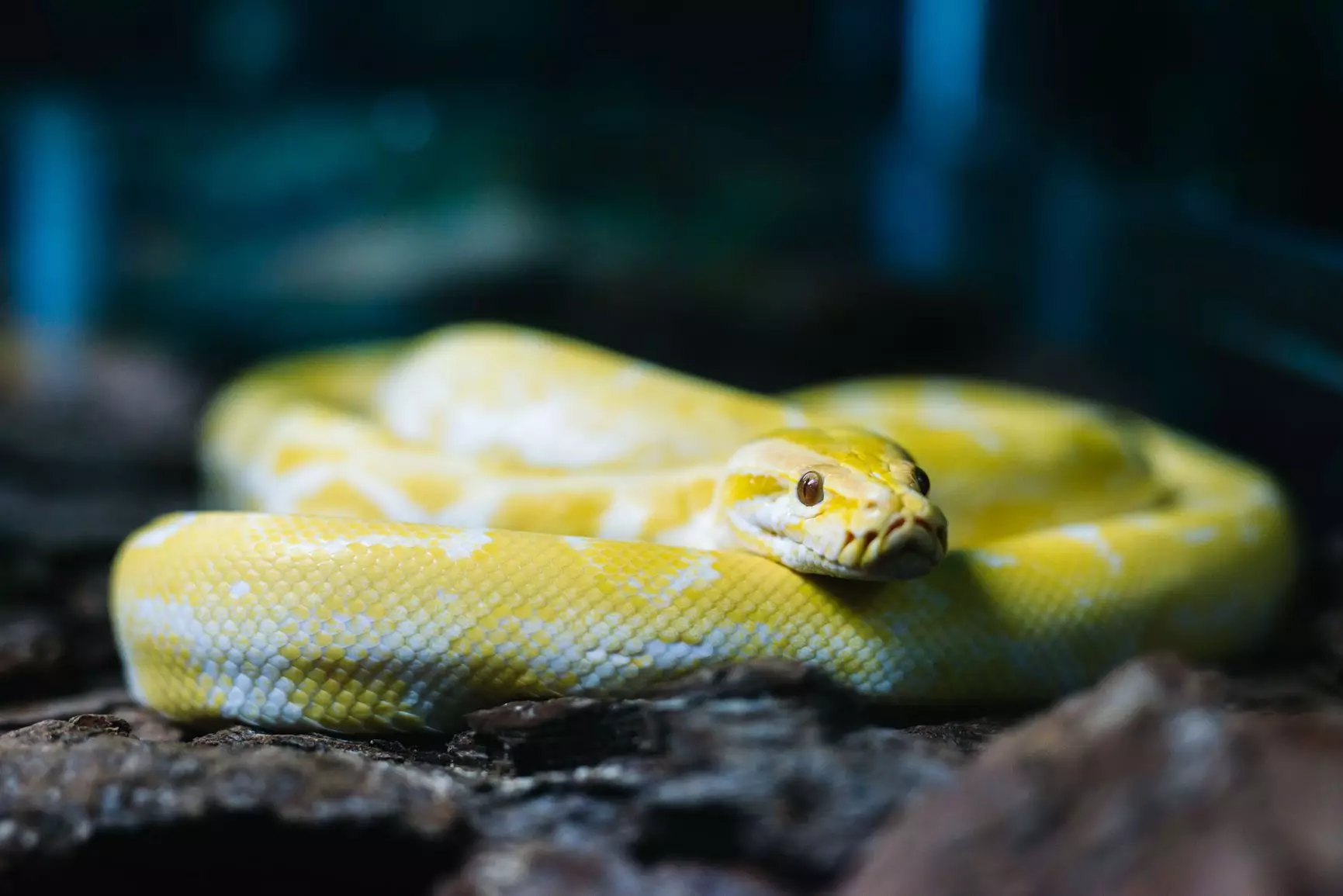Snakes make intriguing pets, offering owners an opportunity to connect with a completely different kind of creature. However, not all snakes are suitable for domestication, and understanding the different species, their needs, and characteristics is crucial for any potential snake owner. This guide aims to clarify the various types of snakes that can be kept as pets, shedding light on their nature, care requirements, and common characteristics.
The world is home to over 3,000 distinct species of snakes, with new discoveries made regularly. Yet, when it comes to the pet trade, only a select few species are recommended for captivity due to their manageable traits and care needs. For the prospective snake owner, focusing on those species from the families of Boidae, Pythonidae, and Colubridae can lead to a more rewarding experience.
Among the most recognized pet snakes is the red-tail boa. This species can grow significantly, often reaching lengths of up to 10 feet, with some individuals even measuring 15 feet. While they are known for their striking appearance and gentle demeanor, potential owners must be aware of their significant dietary requirements, which include large mammals like rats and rabbits. Moreover, their long lifespan—sometimes exceeding 30 years—necessitates a long-term commitment from the owner.
For beginners, the ball python stands out as one of the most suitable options. With a manageable size of three to five feet and a friendly disposition, it’s no wonder many people gravitate towards this species. Their name derives from a defensive behavior—curling into a tight ball when frightened—which adds both charm and practicality for owners who appreciate a docile snake. Although they don’t require extravagant lighting or heating, ball pythons do have specific environmental needs to thrive, emphasizing the necessity of responsible ownership.
Shifting gears to larger species, the Burmese python is another captivating choice for snake enthusiasts. Capable of reaching lengths between 15 to 20 feet, these snakes are often more active and require ample space. Their manageable nature often leads people to underestimate their needs, which can be a pitfall for novice snake keepers. Owners should be comfortable handling larger prey and accommodating the physical space necessary for these magnificent snakes, making them more suited to experienced keepers.
For those looking to create a more dynamic habitat, arboreal snakes add flair to a reptilian collection. Species like the green tree python are particularly eye-catching with their vibrant colors and unique hanging behaviors. However, their temperament can be a little unpredictable, necessitating careful handling and habitat design to ensure the well-being of the snake as well as the safety of the owner.
Blood pythons, known for their rich patterns and stocky build, also fit into this category. These stunning snakes can measure between 6 to 8 feet in length and possess a certain allure that appeals to advanced snake enthusiasts. Their care requires a specific understanding of their behavior and habitat, making them a more suitable choice for those with some experience in snake ownership.
For beginners or those with limited space, smaller snakes provide a delightful alternative. King snakes and their close relatives, the milk snakes, are manageable in size—averaging 5 to 7 feet—while also being visually pleasing. The milk snake’s coloration mimics that of the venomous coral snake, showcasing nature’s fascinating patterns and adaptations. Although not harmful, the ability of king snakes to consume other snakes necessitates solitary housing, emphasizing the importance of compatibility in snake ownership.
Corn snakes are another excellent beginner option, known for their docile nature and relatively small sizes. They generally max out at about 5 feet and are famous for their beautiful color variations. These snakes are often characterized by their clever escapability, introducing an element of challenge for their owners. However, their generally calm demeanor makes them easy to manage for both new and seasoned snake enthusiasts.
When contemplating adding a pet snake to your family, understanding the costs is just as crucial as understanding the care requirements. Prices for snakes can vary significantly, ranging from $15 to $1,000, depending on the species and the breeder’s reputation. Local pet shops and online reputable breeders provide various options, making it easier to find the ideal companion.
Handling snakes requires a gentle approach—supporting the animal with both hands, and never gripping too tightly will build trust. Though snakes do not naturally crave human interaction, they can learn to tolerate and enjoy gentle handling with time and consistent care.
Owning a pet snake can be a fulfilling and enlightening experience. However, the responsibility lies with the owner to choose the right species for their lifestyle, enabling a lasting bond built on mutual respect and understanding. Whether you seek a lively boa or a curious corn snake, remember that knowledge is the first step toward successful snake ownership.

